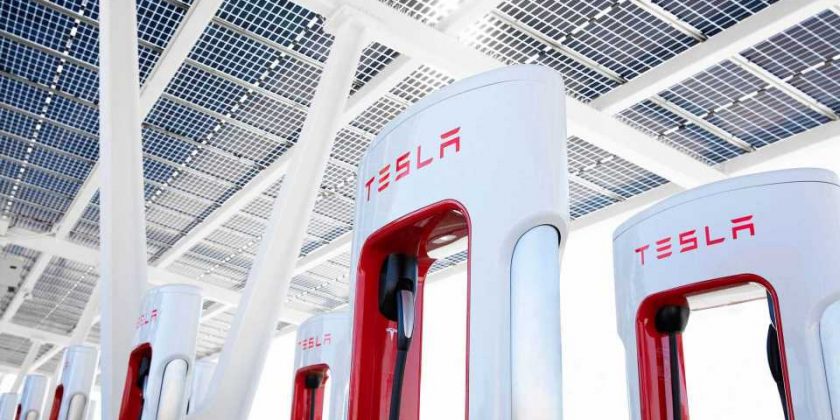Tesla officially announced that it reached a milestone of 30,000 Superchargers (individual stalls) installed around the world “and counting.”
The company was at 29,281 as of the end of September 2021, which means that the additional 700+ units were installed over about 40 days.
It appears to be more or less in line with the rate of new installations in the past two quarters at close to 2,400 per quarter.
The Chinese division of Tesla reports that its contribution is over 7,600 stalls (as of October 22).
The number of stations, as of the end of September, was 3,254. On average, each station is equipped with 9 stalls, but it can vary from a few up to over 80.
Since the launch in 2012, Tesla has launched multiple iterations/upgrades of the Superchargers, which in its latest V3 version offers up to 250 kW.
Tesla Superchargers peak output:
- V2: 150 kW (compared to 120 kW originally)
- V3: 250 kW
The Long Range versions of all Tesla cars sold today should be able to at least for a brief period reach the full 250 kW level (if the battery temperature is within the optimum range or pre-conditioned, and the state-of-charge is not too high).
In June 2021, Tesla’s CEO Elon Musk announced that the power output will further increase, mentioning a few example levels of 280 kW, 300 kW and 350 kW. In July, he repeated, “Supercharger network is being upgraded to 250kW to 300kW, so that will help too.”
Simultaneously, Tesla has launched the Non-Tesla Supercharger Pilot at 10 Supercharging stations in the Netherlands. In the not-too-distant future, most or all new electric cars might get access to the network, which initially was available only for Tesla drivers.
For trucks, the company is preparing a higher-power and larger Megacharging stations.
Source: Read Full Article

